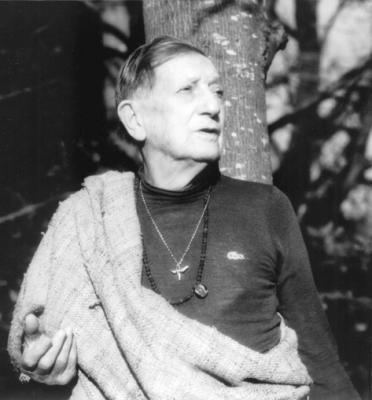

As to the ‘use’ of a text, there are of course good and bad instances. In spite of its logical procedure 4 and pretension of strictly scientific method, the question of origins in this case does not lead back to a terminus ab quo but reveals – or rather produces – a terminus ad quem.


The idea is simultaneously to create the cultural texture one is supposed to reconstruct. The monumental project of reconstructing Indo-European language and culture 3 could not be called an interpretation in the strict sense of the word, since the cultural (that is, categorial, discursive and pragmatic) ‘source’ happens to be the product of mainly phonological and morphological speculations. Some examples should help illustrate the blurred boundaries between ‘interpretation’ and ‘use’. Umberto Eco makes a point of it: “use and interpretation are certainly two abstract models” 2. In the same way, the question of limits does not revolve around ‘interpretation’, but rather around the crystal-clear distinction between ‘interpretation’ and ‘use’ – which proves to be utopian if we consider the complex history of effects related to the textual character of myths, gods, liturgies, societies or traditions in general. The unprejudiced nature of pretextual readings can result in creative interpretation-games (like the transformation of a Sophoclean tragedy into a universal key to understanding the human psyche) or in presumptuous falsifications (like the transformation of the Vedic tradition into a monotheistic religion of the book), but these two poles hardly ever appear in their pure form. He may therefore disregard its authority as a whole, as well as its power to guide – to the point of denying the very concept of ‘source’ and the related question of origins –, transforming the source into a simple pretext. The user, on the contrary, plays with that source, as if it were both too close to him and too far. The interpreter wants to do justice to a source. What is the advantage of ‘interpretation’ over simple ‘use’ of a text (and by extension: of any culturally codified product)? An interpretation goes beyond the reader’s tastes and preferences, guides him/her in the process of understanding and prevents his/her reading-process from being fully spontaneous and arbitrary. We can talk of ‘interpretation’ when the reader tries to do justice to the intentio operis, whereas the superposition of the intentio lectoris should be defined as ‘use’ 1. In his books Lector in Fabula (1979) and The Limits of Interpretation (1990), Italian semiotician and writer Umberto Eco clarifies the difference between the notions of ‘interpretation’ and ‘use’ of texts. Alain Daniélou at the Labyrinth in 1992, photo by Jacques Cloarec From interpretation to use, and back again


 0 kommentar(er)
0 kommentar(er)
